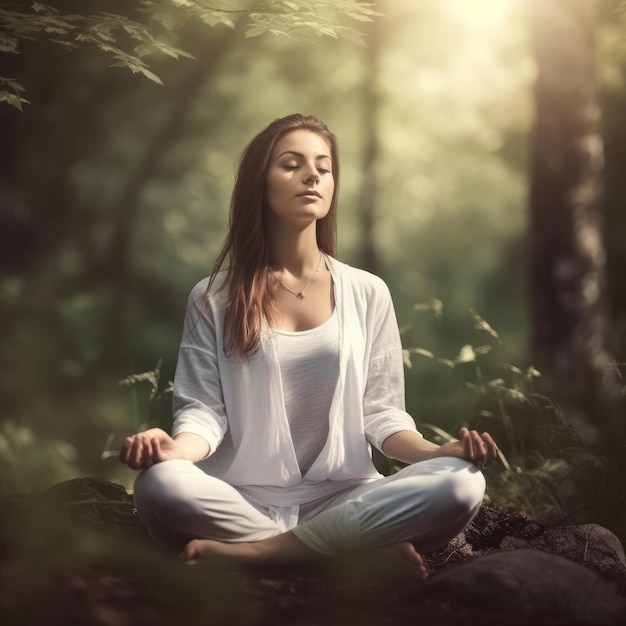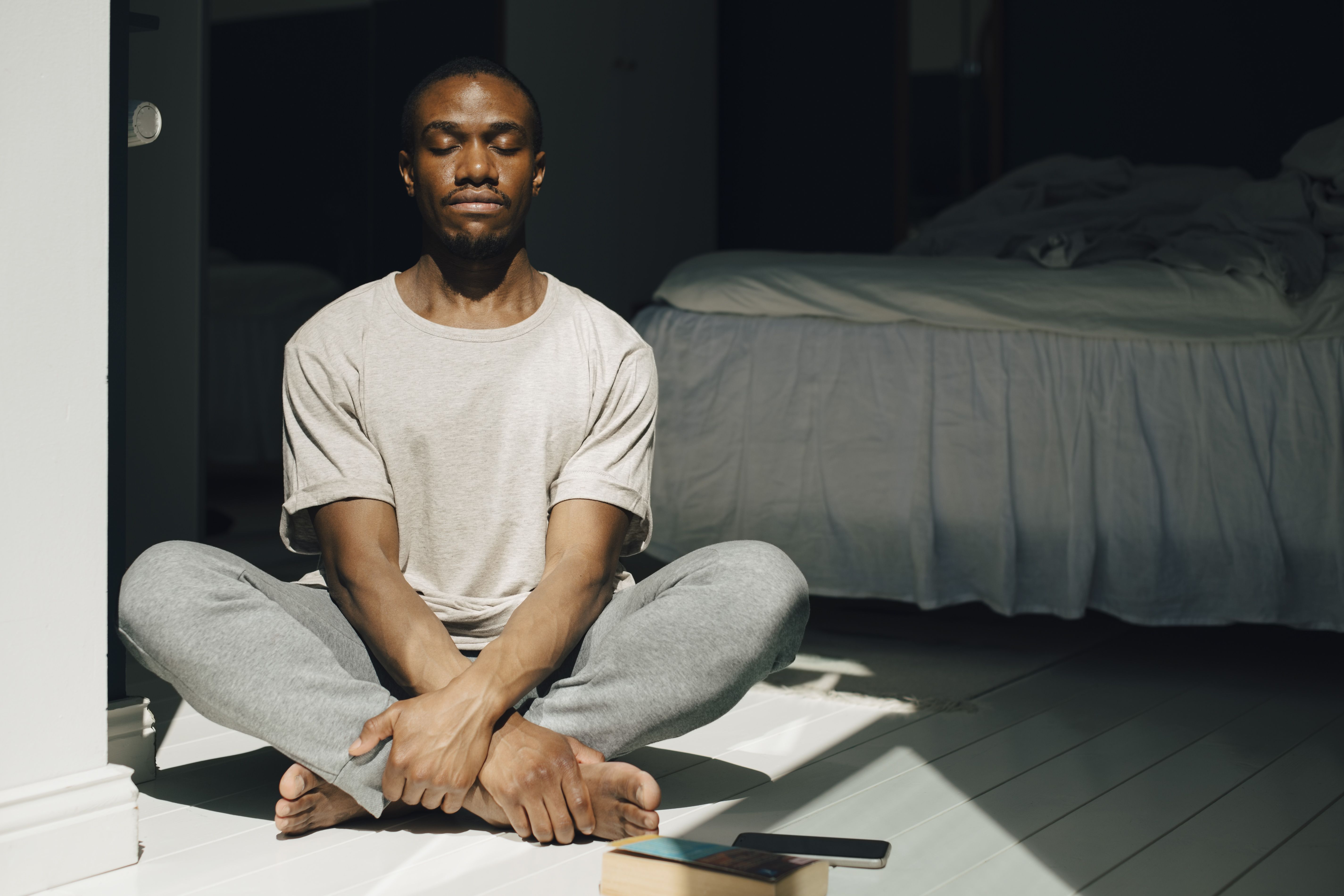Unlock Inner Peace: A Comprehensive Guide on How to Meditate?
Unlock Inner Peace: A Comprehensive Guide on How to Meditate?
Blog Article
How to Meditate: A Step-by-Step Strategy to Achieving Mindfulness and Calmness
Meditation serves as a powerful tool for achieving mindfulness and emotional calmness in a hectic globe. By recognizing the basic concepts and strategies entailed in reflection, people can grow a technique that boosts their total health.
Recognizing Meditation
Comprehending meditation involves comprehending its essential concepts and methods, which act as the foundation for the method. At its core, meditation is a mental workout targeted at advertising leisure, developing interior energy, and developing compassion and understanding. The practice encourages people to concentrate their interest, often through strategies such as deep breathing, visualization, or concept rep.
Reflection can be classified into various designs, consisting of mindfulness, transcendental, and loving-kindness meditation, each with distinct purposes and techniques. Mindfulness reflection highlights present-moment awareness and non-judgmental monitoring of thoughts and feelings, while copyright involves the use of certain mantras to go beyond average idea processes. Loving-kindness reflection focuses on creating a mindset of love and compassion in the direction of oneself and others.
Regardless of the technique utilized, the primary objective stays consistent: to grow a much deeper understanding of the mind and its patterns. This self-awareness fosters psychological durability, clarity of idea, and a profound feeling of calmness (How to meditate?). By comprehending these principles and strategies, people lay the groundwork for a successful meditation technique that can considerably enhance their overall well-being
Planning For Your Method
Before starting your reflection practice, it is necessary to create an atmosphere conducive to concentrate and relaxation. Guarantee that the location is clean and cost-free of mess, as a tidy atmosphere can aid remove the mind.
Think about the lighting, as all-natural light can enhance your mood and energy. Soft, cozy lights is commonly a lot more calming than harsh fluorescent lights. Furthermore, choose a comfy temperature, making certain that you are neither too hot nor too cold.
Incorporating aspects that advertise tranquility can further improve your experience. This could consist of soft pillows or coverings for convenience, as well as calming fragrances from necessary oils or scent. It can additionally be beneficial to have a timer set for your meditation session to stop diversions from clock-watching.
Standard Meditation Strategies

Another reliable technique is body check meditation. This entails emotionally scanning your body from head to toe, discovering any kind of areas of stress or discomfort and purposely loosening up those muscle mass. This technique fosters a deeper link in between your body and mind.

Last but not least, loving-kindness meditation concentrates on growing compassion in the direction of on your own and others. Silently repeat phrases of goodwill, improving psychological wellness and interconnectedness. Each of these methods functions as a structure for your reflection trip, allowing you to locate the method that reverberates finest with your personal technique.
Maintaining Emphasis and Mindfulness

Developing a devoted more tips here meditation space can improve the ability to keep mindfulness. A silent, uncluttered atmosphere decreases distractions, enabling for deeper immersion in the technique. Additionally, setting a time restriction can aid manage assumptions; starting with shorter sessions may alleviate the transition into longer practices.
Making use of strategies such as body scanning or observing feelings can likewise bolster mindfulness. These techniques encourage practitioners to stay existing and engaged with their physicality, securing their attention in the moment. Routine method is important; the mind constructs strength with time, creating a more powerful capability for focus.
Incorporating Meditation Into Day-to-day Live
Incorporating reflection into day-to-day life can change routine activities right into possibilities for mindfulness and self-reflection. By integrating mindfulness practices right into typical tasks, people can cultivate a greater feeling of presence look at this now and peace among the busyness of day-to-day life.
Begin by determining moments throughout your day where you can exercise and pause mindfulness. As an example, during your morning commute, emphasis on your breath or the sensations of the environment around you. In the kitchen area, approach cooking as a meditative method, appreciating the textures, shades, and scents of the active ingredients. Even mundane activities like walking or washing meals can become opportunities for meditation by directing your interest to the experiences of motion and the sounds bordering you.
Additionally, reserving specialized times for meditation can reinforce its method. Begin with brief sessions, progressively increasing period as you come to be more comfy. Usage reminders or cues-- like a details time of day or a relaxing sound-- to develop consistency.
Eventually, the objective is to weave mindfulness into the fabric of day-to-day live, allowing you to come close to each moment with intent, consequently improving your general sense of health and clarity.
Final Thought
In final thought, efficient reflection needs a silent environment, a comfortable position, and an emphasis on the breath. By permitting thoughts to occur without judgment and regularly redirecting attention to the breath, specialists can accomplish improved mindfulness and peace. Incorporating various methods, such as body scanning and loving-kindness expressions, can even more enhance the technique. Routine reflection, even in brief sessions, promotes a much deeper link to the existing moment, eventually bring about better calm and psychological clarity in click resources every day life.
Reflection can be categorized right into various styles, consisting of mindfulness, transcendental, and loving-kindness reflection, each with distinct functions and approaches. Mindfulness meditation emphasizes present-moment awareness and non-judgmental observation of ideas and feelings, while transcendental reflection entails the use of specific rules to go beyond normal idea processes.With your meditation space prepared, it's time to explore various fundamental meditation strategies that can aid grow mindfulness and inner peace.Regularly preserving emphasis and mindfulness during reflection can be difficult, particularly for those brand-new to the practice.Establishing a dedicated meditation space can boost the ability to keep mindfulness.
Report this page